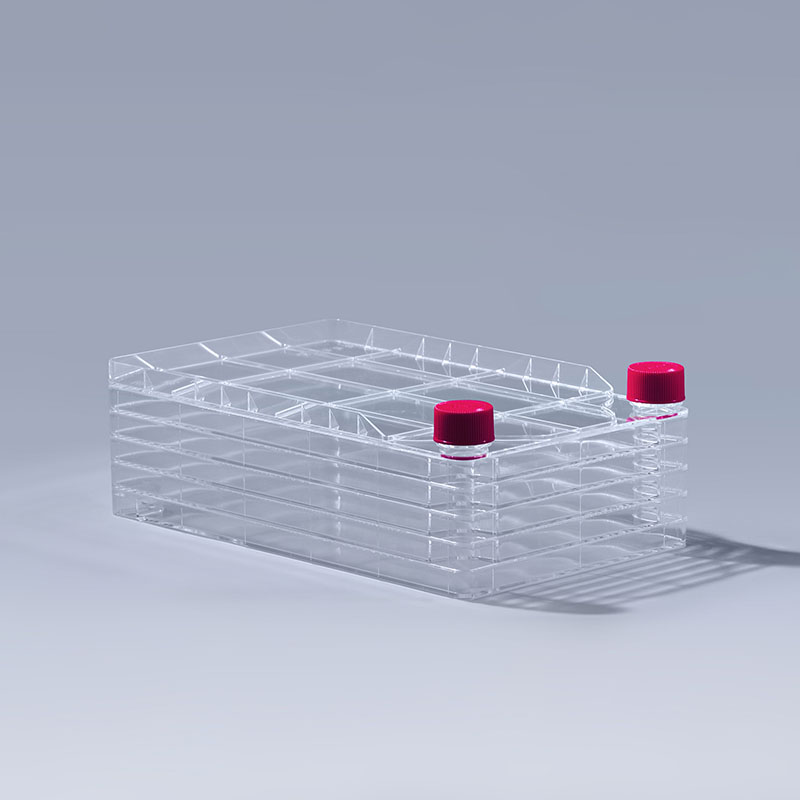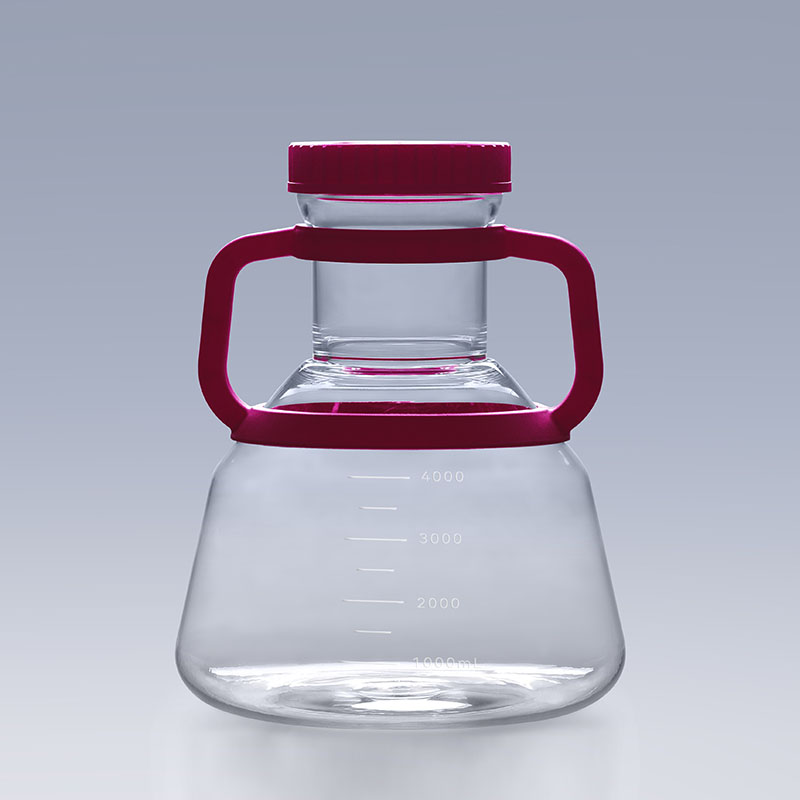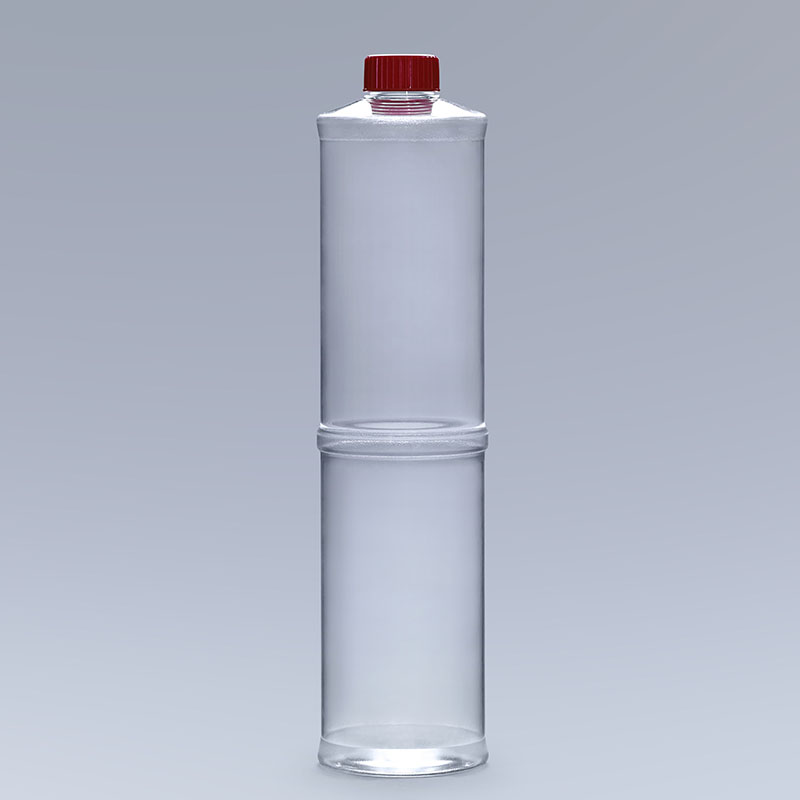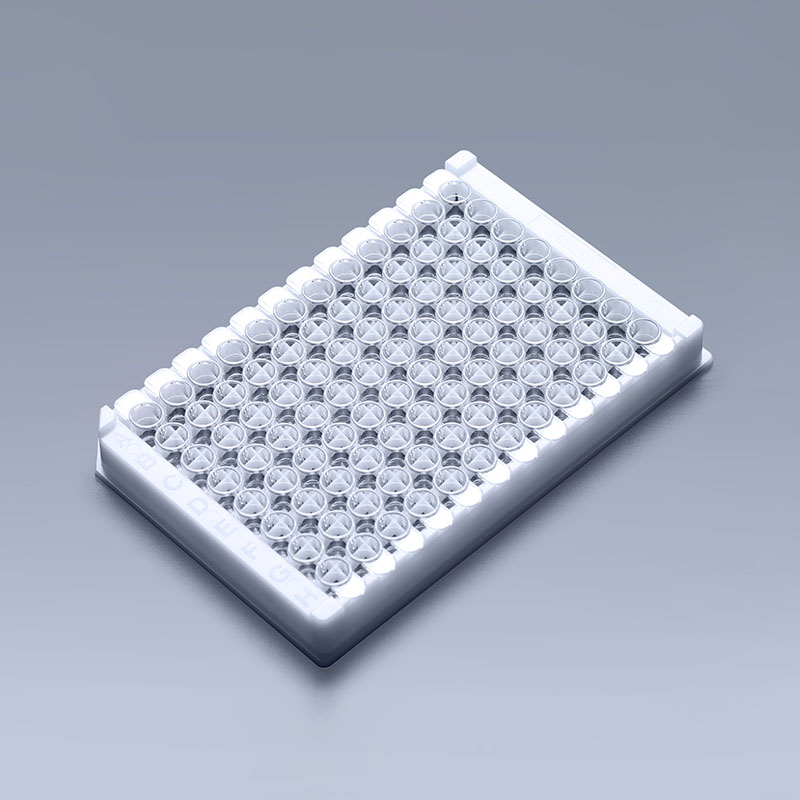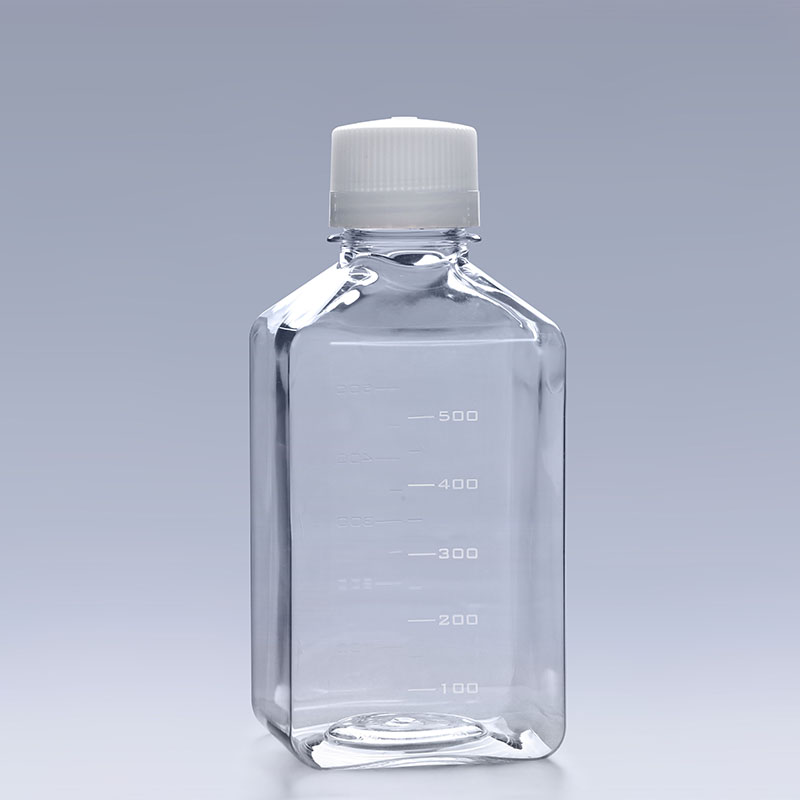-
Scope of application of media bottles
Fri May 27 11:15:07 CST 2022
So, what are the main applications of media bottles? -
How to use media bottle for inactivation of serum
Wed May 25 11:01:58 CST 2022
how to inactivate serum? This requires the use of media bottles.
Send Inquiry
 English
English




















































